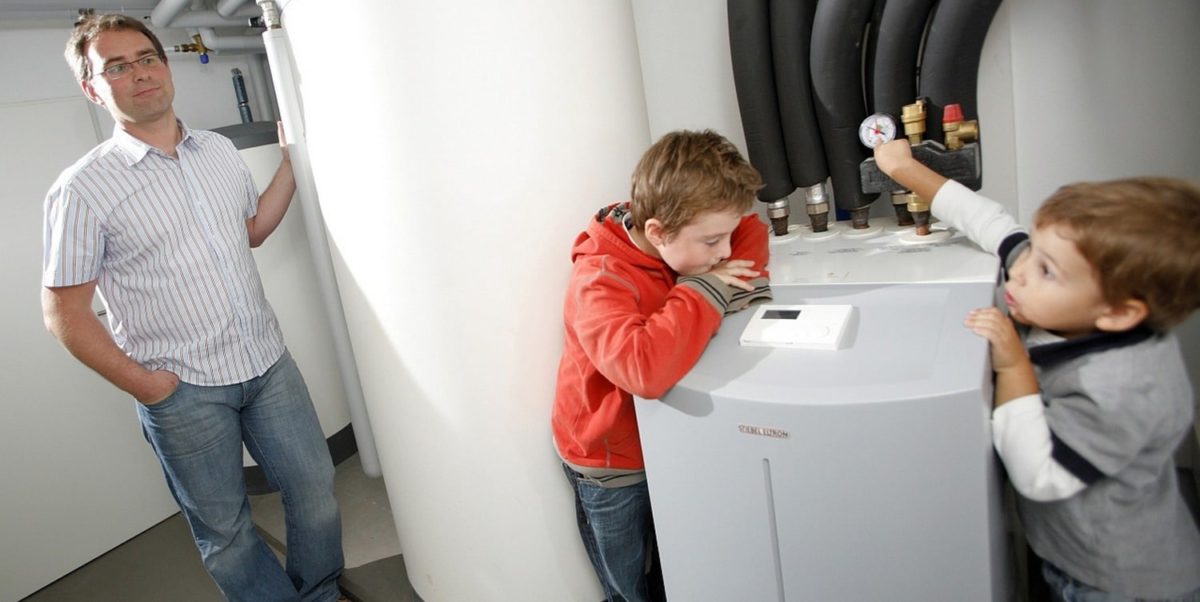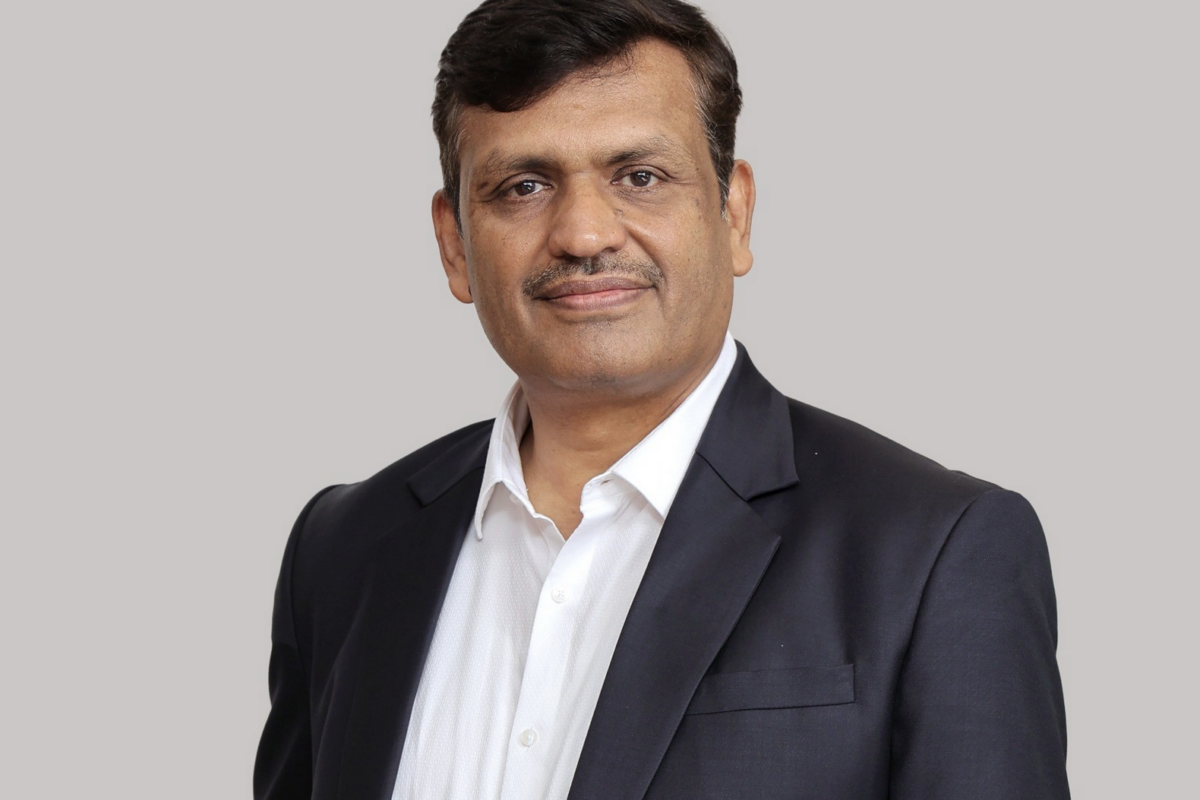Some heat pump (HP) manufacturers are now moving toward demonstrating and promoting PV-driven HP solutions on the market, but rooftop PV and HP systems are usually sold separately. They are also installed in separate phases or in a single intervention, without a specific energy management system to maximize self-production of thermal energy with PV generation.
“While these installations are nowadays the standard in residential and tertiary buildings, newly built constructions, the installation in retrofitted buildings are gaining market share, both pulled by energy efficiency regulations and voluntary certification schemes,” Roberto Fedrizzi, coordinator of the sustainable heating and cooling systems research group at Italian research institute Eurac, told pv magazine.

Image: Eurac
Although heat pump systems are now a market-mature technology, they are still inherently more expensive than conventional gas boiler plants, which represent the market benchmark. As a result, production volumes are not comparable.
“Electricity prices are in most EU member states relevantly higher – two to four times – than gas prices,” Fedrizzi explained. “This is the reason why energy efficiency regulations and public incentives are in place, trying to establishing a level playing field between technologies having reached different levels of industrial maturity, hence facilitating and accelerating the transition from fossil fuel-driven solutions.”
Economies of scale
Fedrizzi said growing sales numbers result in lower production costs, as economies of scale are occurring on the components and systems level.
“The heat pump systems are already a bankable solution even without incentives in many applications. In newly built tertiary buildings such as offices, hotels and supermarkets, where chillers are necessary for air-conditioning and refrigeration purposes in addition to the heat generator, installing a reversible heat pump system instead is the most effective investment,” he said, noting that in newly built, residential applications, HPs coupled to PV systems are the market standard.
“On the one hand, this is because they highly contribute to increasing the share of renewable energies exploited to cover both electric and thermal loads in a sector where energy efficiency is felt as a high priority by all stakeholders, from homeowners to decision-makers,” he explained. “On the other hand, they allow covering heating uses and cooling demand, which is more and more felt like a necessary commodity as a consequence of the global warming, with a unique generation unit.”
For newly built residential installations, the additional cost of an HP system is only marginal compared to a conventional gas boiler-plus-split-unit solution, while running costs are significantly lower.
“As an example, more than 50% of the new residential buildings built in Germany in 2020 were set up with an HP,” said David Moser, coordinator of the photovoltaic energy systems research group at Eurac.

Image: Eurac
Key barriers
“The main barriers to a faster adoption are mainly cultural and related to the structure of the construction market,” continued Fedrizzi. “With respect to the first factor, the construction sector tends to be conservative and changes slowly.”
In his view, the HP sector is mainly focused on generating knowledge and gaining the confidence of stakeholders for solutions that are not conventional.
“With respect to the second aspect, the newly built is only a share of the overall construction market,” he said. “The installation of HPs in retrofitted buildings, although technically suitable once more, requires modifications to the existing heating system and additional installations, compared to simply substituting the existing fossil-fuelled boiler with a new one; this results in longer installation times and higher investment costs, thus construction companies and homeowners often decide for the easiest and cheapest way, clearly far less energy efficient.”
To address this issue, technology providers and researchers are working on developing and marketing solutions that are incrementally easier installed and operated in retrofitted buildings, while providing homeowners with high energy efficiency and additional commodities like space cooling.
Market size
From a technology perspective, today's heat pumps can cover a wide temperature range.
“They still operate at -20 C and increasingly often they provide hot water at 65 C in an efficient manner,” Fedrizzi said. “That enables their deployment in a much larger share of buildings than a decade ago.”
According to the European Heat Pump Association's EU market report for 2021, sales in the European market exceeded 1.6 million units in 2020. The manufacturing sector is pursuing the goal of doubling annual sales by 2030, which would allow reaching about 50 million units installed by then. The actual prevailing technology is made of the air-to-water family of heat pumps with about 800,000 units sold in 2020, followed by air-to-air reversible units. Air source heat pumps are expected to improve further, both on the unit and systems level, as their lower investment costs and ease of installation will keep them in the lead.
The five biggest European heat pump markets in 2020 were France, with 394,000 units sold, followed by Italy with 232,000 systems, Germany with 140,000, Spain with 127,000, and Sweden with 107,000. The overall EU market grew by about 7% year on year in 2020. Air-to-water systems showed the most dynamic growth, both in terms of absolute and relative change. Sales of heating-only air/water heat pumps increased by 51,000 units (+15 %), and reversible air/water by 47,000 units (+25 %).
Proper sizing
When asked about the importance of the best sizing approach for solar-powered heat pumps, the two experts agreed that system dimensions are not a crucial factor, as the solutions on the market have PV independently installed from the HP.
“Indeed, as far as electricity injection in the grid is becoming less and less convenient, sizing and possibly orienting the PV field to account for the HP system electric loads, variable through the day and seasons, helps to address self-consumption vs. cost optimality,” Moser explained.
He said that additional benefits like demand-response services provided to the grid are in sight, although they haven't emerged yet.
“Watching at the problem from the HP perspective and having in mind that HP systems always have thermal storage capacity integrated – in the form of both thermal energy storage and the building mass – managing the HP to consume electricity at high irradiation conditions, and to store thermal energy for later use, provides a cost-efficient option to balance fluctuating, renewable electricity generation,” said Fedrizzi.
This content is protected by copyright and may not be reused. If you want to cooperate with us and would like to reuse some of our content, please contact: editors@pv-magazine.com.




Heat Pumps using BOTH Heating and Cooling… with or without Storage…. can easily achieve a “Thermal” Efficiency greater than 100% even after taking into account the 15-20% Energy Conversion Efficiency of PV Panels…
15% X (COP…. 4.5+3.5) = 120%
This is also why Direct Solar Hot Water Systems will have a “rough time” as they achieve only 75-80% overall Thermal Efficiency in producing Hot Water.
So far ,use of HP with PV system is not commonly used,as HP is still to be on small scale,to promote this system economy of scalling up is necessary